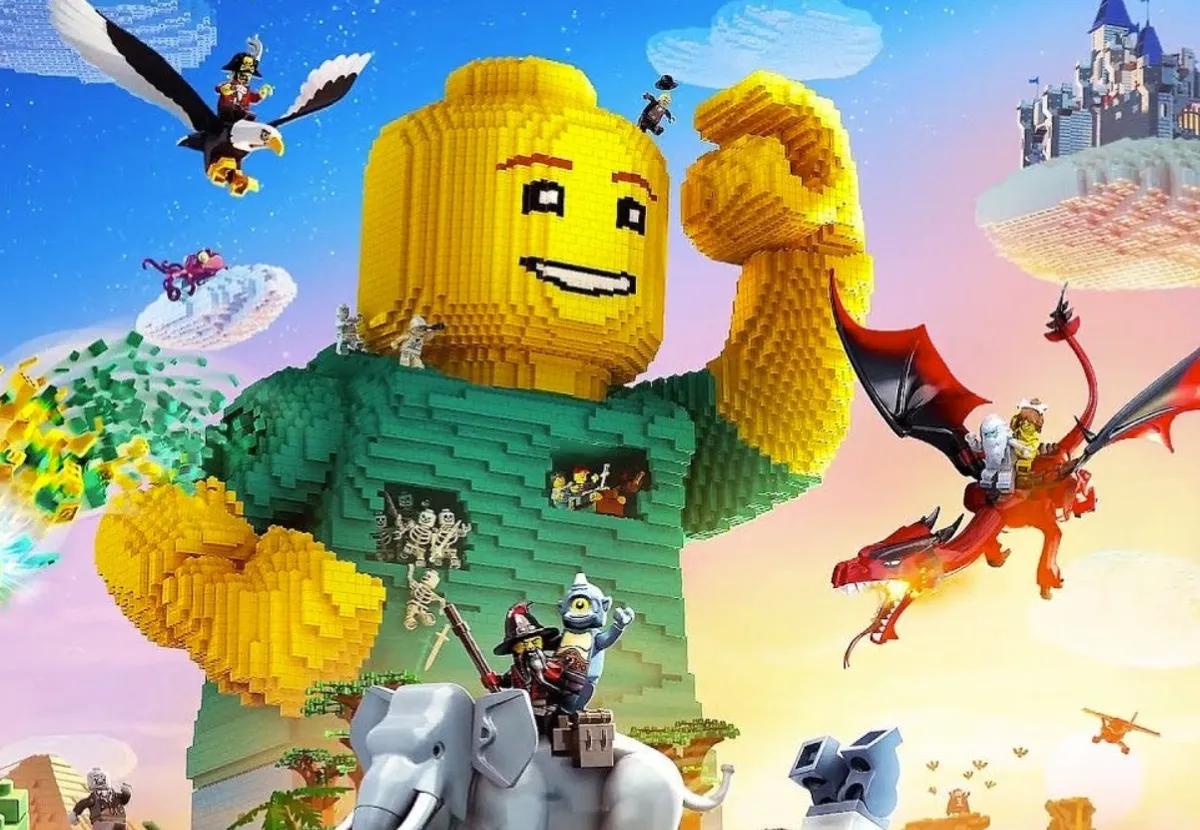Lego Repositions Its Gaming Portfolio For A New Generation
LEGO is entering its fourth decade in digital entertainment with a broader, more flexible strategy shaped by the way younger audiences now use games. The company’s leaders say the shift is already reshaping development priorities across its portfolio. They describe a market where traditional boxed releases still matter, yet no longer define how most children engage with games.
The company’s gaming ambitions began modestly in the mid-1990s, but the landscape has changed. Today’s players move between platforms and genres with ease, driven by social play and user-generated content. Fredrik Löving, the new senior vice president of LEGO Game, said the company sees the difference every day as it studies how children treat games as shared spaces rather than individual tasks.
"Really understanding today's kids is just always the most important thing," Löving said.
"There's been a big shift in gaming and we all know it, we have all seen it. Games mean something different for the generation growing up today than it did for me." — Fredrik Löving
He noted the contrast between older design expectations and what now drives engagement.
"The primary objective today for kids growing up is to find an activity to do in a social space together with their friends. Secondarily, it's whatever the activity actually is around it." — Fredrik Löving
This shift helps explain why LEGO is expanding its collaborations and experimenting with formats that operate beyond the well-known licensed action games from TT Games. Annapurna’s puzzle-driven LEGO Voyagers and the party-focused LEGO Party launched recently with markedly different audiences in mind. They sit alongside the sprawling creative framework of LEGO Fortnite, which blends building, survival, and user-generated worlds into a fast-updating platform.

Kari Vinther Nielsen, LEGO’s veteran head of product, said the company’s thinking remains grounded in an idea that has been present since LEGO Worlds: digital tools must give players freedom to build and share. She recalls early discussions that still influence development today.
"We need to mix IPs, we need to figure out what's the digital version of the physical expression. What's the real true game version of that?" — Kari Vinther Nielsen
Nielsen said the core challenge now lies in matching that philosophy to the pace and habits of young players, who treat games as meeting places as much as entertainment. She emphasized that LEGO’s catalog will continue to expand across styles rather than funnel into a single model.
"Kids really use video games as a way to stay social and a place where can they meet up with their friends." — Kari Vinther Nielsen
LEGO Party and LEGO Voyagers reflect that approach in different ways. One is positioned as a simple shared experience across age groups. The other is a tightly constructed game intended for focused play. Nielsen described the contrast as intentional and reinforced by recent player behavior data across the industry.
LEGO Fortnite remains the largest example of the strategy. New modes and updates have kept the project active, with Odyssey continuing to draw players ahead of its next expansion. Brick Life, a slower role-playing experience, is running a Simpsons-themed takeover. User-generated creations are also starting to scale, which the company sees as a key element of future growth.
"We're starting to really grow and expand the opportunity for creators to make their favorite LEGO game, to tell their stories through gaming." — Kari Vinther Nielsen
The company expects this space to evolve quickly as tools become more accessible. Nielsen noted that some early LEGO titles could be recreated today inside Fortnite’s toolset, a sign of how production cycles and expectations have changed across the industry.
Even so, LEGO is not moving away from traditional games. TT Games’ upcoming LEGO Batman: Legacy of the Dark Knight remains a significant part of next year’s lineup, following strong reception at Gamescom 2025. Löving said these experiences carry value beyond entertainment, often becoming entry points for shared family play.
"I passed down Star Wars to my son through a Lego game, Skywalker saga," he said. — Fredrik Löving
LEGO’s long history with interactive products shows how it alternates between experimentation and refinement. Projects like MindStorms, LEGO Super Mario, and the discontinued toys-to-life game LEGO Dimensions represent earlier steps toward blending digital and physical play. Nielsen said the goal has always been to identify which forms of play resonate with each generation and adapt accordingly. "Sometimes there's a time for a game and then you can almost take that game and bring it into the now — or to the future with different flavors and twists." — Kari Vinther Nielsen
The next phase of LEGO’s gaming plan will depend on how effectively it can balance long-form releases with rapid, platform-driven content. The company views its diverse lineup as essential to staying relevant as player behavior continues to shift.
Read also, Lego’s Game Boy replica was converted into a functioning handheld within a day of release. Modder Natalie the Nerd rebuilt the set using original Game Boy hardware and adapted LEGO’s brick cartridge slot to accept real games.


EGAMERSW - get 11% Deposit Bonus + Bonus Wheel free spin
EXTRA 10% DEPOSIT BONUS + free 2 spins
BEST ODDS, free daily case, free rains, daily, weekly and monthly rakeback!

Sign up now and get 2 FREE CASES + 5$ Bonus
3 Free Cases + 100% up to 100 Coins on First Deposit



Comments